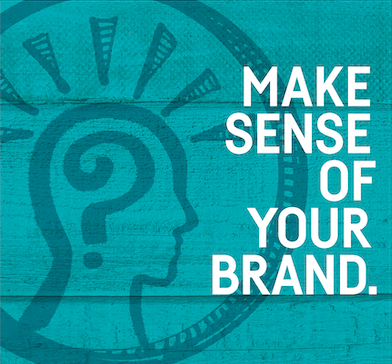 BRING YOUR BRAND THE SWEET SMELL OF SUCCESS.
BRING YOUR BRAND THE SWEET SMELL OF SUCCESS.
Sight tends to be the first impression. Sound most directly affects mood. But our most primal sense is smell. It’s the first sense we fully develop as babies. It’s the only sense directly tied to our limbic system, which controls our basic emotions. And studies show that smell imprints memories far better than any other sense. Chances are, your memories of childhood are tied to key aromas: your mother’s fresh-baked cinnamon rolls, for instance, or the grassy-wet scent of your favorite swimming hole.
In physical environments, aromas can have a major impact on behaviors and emotions. The smell of chocolate, for instance, has been demonstrated to make people more likely to interact with in-store staff. Lavender is soothing and calming. Vanilla makes people feel more active and energetic.
As part of any branding process, it’s important to define aromas that are evoked by, and associated with, your brand. And once again, visual reminders can help tie sight to more emotional scent-tinged triggers. Wood grains and textures can instantly call to mind the scent of forests and trees, which are associated with nature and purity. Fruit imagery can trigger smells associated with memories of summer and happiness.
Make sense of your brand with our BrandSense Toolkit: Sight | Sound | Touch | Taste | Smell | Intuition
OUR FULL BRAND AND CREATIVE TOOLKIT OFFERS DIFFERENT TOOLS TO HELP THE POWER OF YOUR BRAND LINGER:
emotional mapping
With emotional mapping, we work with you to identify the key emotions associated with your brand: trust, excitement, comfort, escapism. Mapping those emotions to sensory experiences can reinforce your brand experience in multiple environments.
EXPERIENTIAL RESEARCH
We can create studies, focus groups, questionnaires and other research tools that uncover current perceptions and experiences with your brand. With this information, we can prioritize associations to reinforce, define new associations, and reflect those in emotional mapping models.
ALGORITHMIC MODELING
Models based on Big Data can be both descriptive and predictive of consumer associations and behaviors. Identifying patterns in these associations and behaviors can help you create and enhance a brand that relies on both logical and emotional data.

